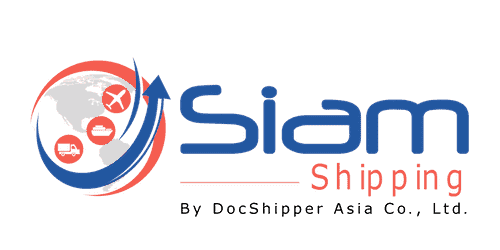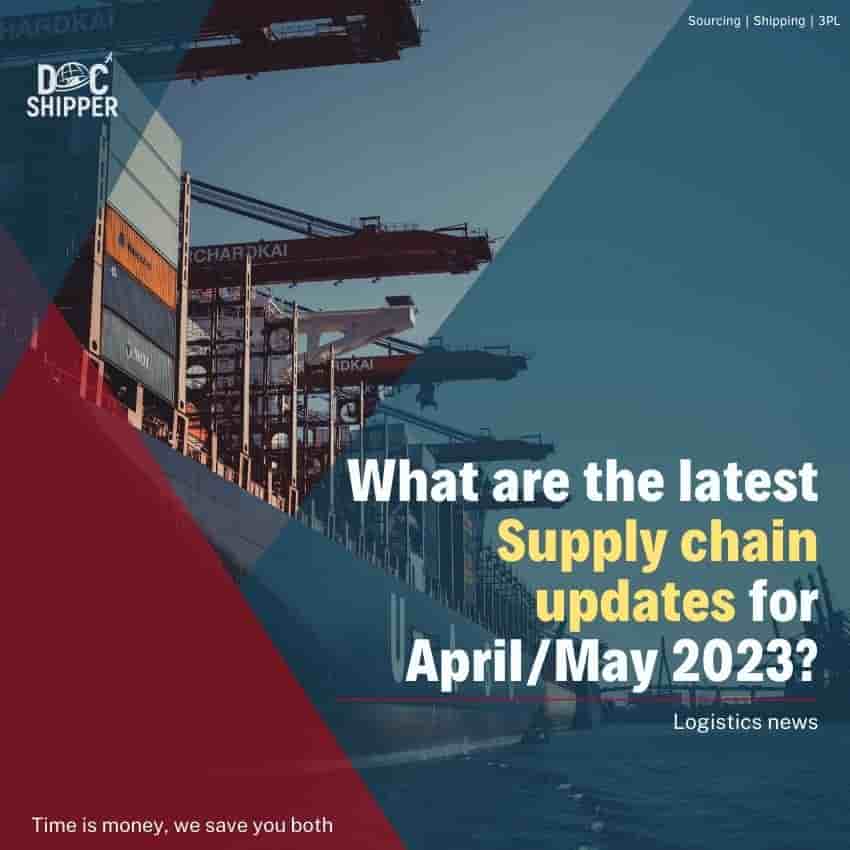In the ever-evolving and dynamic world of supply chain management, staying ahead of the curve becomes not just advantageous, but crucial for businesses to thrive and excel. As we delve into the months of April and May 2023, a plethora of both challenges and opportunities have emerged, presenting intricate issues for supply chain professionals to navigate. In this article, we aim to provide an insightful and comprehensive analysis of these multifaceted issues, and enthusiasts alike with invaluable knowledge to optimize their supply chain strategies.
Within this context, Siam Shipping emerges as the unparalleled logistics partner, poised to guide and support businesses in their pursuit of excellence. Siam Shipping distinguishes itself by offering an extensive range of services tailored to the ever-changing landscape of supply chain management. With our unwavering commitment to staying at the forefront of the industry, we proactively equip clients with the latest developments, ensuring that they remain well-informed and prepared to face the challenges that lie ahead, Siam Shipping stands as the go-to company, providing bespoke solutions for all your intricate logistical needs.

